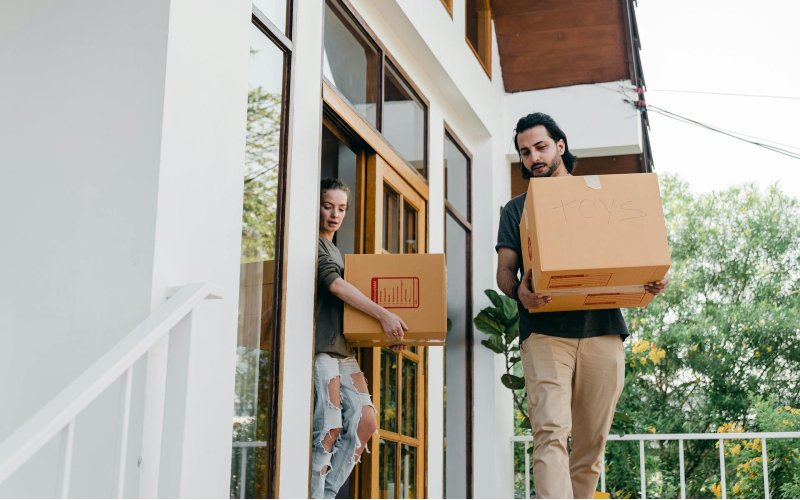
National housing campaign Everybody’s Home is urging the government to abolish negative gearing and capital gains tax concessions in favour of building more social housing.
The call came after findings from its report Written Off revealed tax breaks for property investors are on track to cost the budget $228 billion by 2033, outstripping federal spending on social housing by at least five times.
The report said redirecting this “forgone revenue” could deliver 549,310 government-subsidised rental dwellings over the next decade, thereby prompting calls for a regime tax reform.
“The government must scrap negative gearing and capital gains tax concessions, and use the revenue savings to build hundreds of thousands of social homes,” report author Maiy Azize said Maiy Azize.
“This would help end Australia’s massive social housing shortfall, and help reach the goal of another one million social homes within the next 20 years.”
The cost of government tax concessions
Figures from the Parliamentary Government Office showed negative gearing deductions from 2010 to 2022 amounted to $43.25 billion, while the cost of capital gains tax exemptions reached $38.11 billion.
Assuming an interest rate of 2.85% p.a., negative gearing deductions were projected to balloon to $86.32 billion and CGT exemptions will rise to $60 billion by 2023 to 2033.
The average new variable investor rate in November 2023 was 6.50% p.a. according to RBA data.
Negative gearing allows investors to deduct losses on their property if the income they earned is less than the deductible expenses such as maintenance and interest rates. It was formalised in Australia in 1987.
Meanwhile, since 1999, CGT exemptions have allowed a 50% discount on tax levied on capital gain of an asset held more than 12 months.
This means that if an investor earned $100,000 in capital gains from the sale of a property they owned for more than a year, only $50,000 is subject to tax.
Together, the report said these policies have reduced housing affordability and increased wealth inequality by making it easier for investors to buy a property than a first homebuyer.
“If the government wants to make housing more affordable and fairer for all Australians, it can choose to put money into homes instead of investor profits,” Ms Azize said.
Solving the housing crisis
The report found investment in social housing under the Commonwealth Government housing policy is less today than it was 40 years ago when it shifted its focus from building affordable homes to offering tax breaks to investors.
“Federal governments have walked away from supplying social housing. Instead, they have prioritised the profits of property investors, pushed up the cost of housing, and made wealth inequality worse,” Ms Azize said.
In a bid to solve the housing crisis, the Albanese administration, through the $10-billion Housing Australia Future Fund (HAFF), has vowed to provide 30,000 new and affordable social housing projects over five years.
An additional $2 billion was also infused to fund the Social Housing Accelerator, which would create 4,000 homes for Australians on social housing waitlists.
These were significantly fewer compared to 30,000 homes built per year between the 1940s and the 1970s, according to the report.
With the federal government investing $1.7 billion per year in public and community housing through the National Housing and Homelessness Agreement and $500 million per year through HAFF, the report said phasing out investor tax breaks would have a better impact on the housing crisis.
“These reforms would provide billions of dollars in new funds for homes for people on low incomes struggling to survive in the private rental market or are homeless,” Ms Azize said.
Photo by Ketut Subiyanto on Pexels
